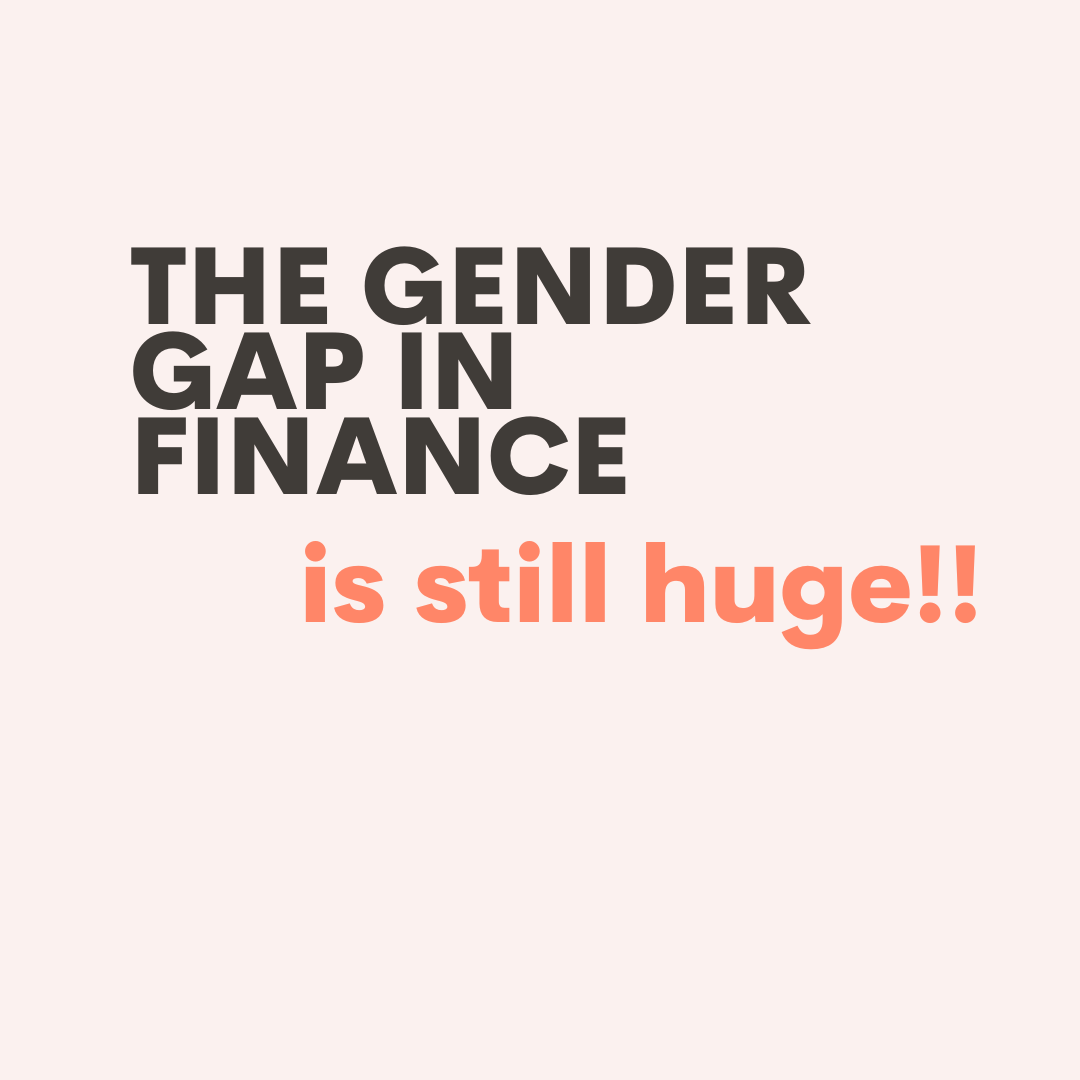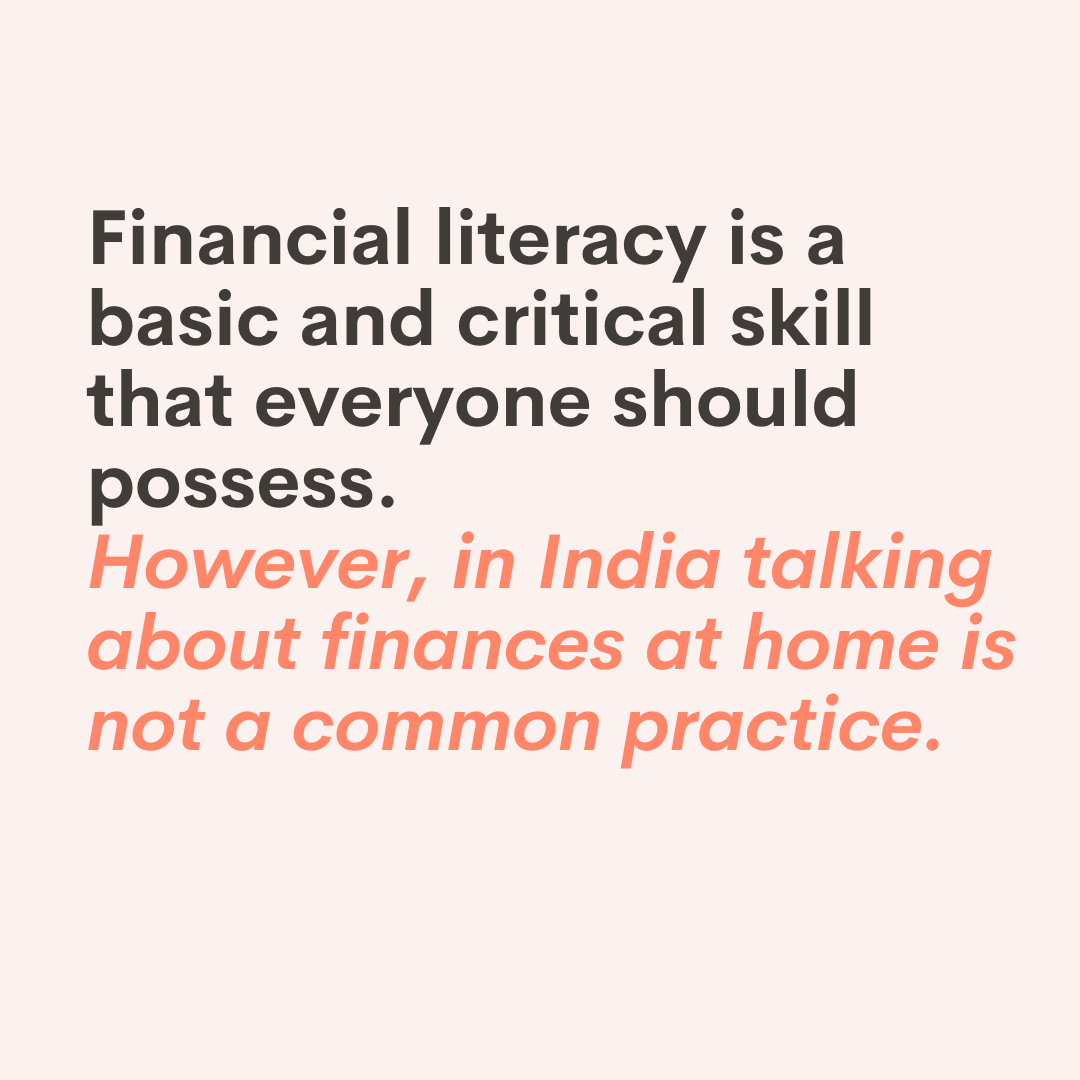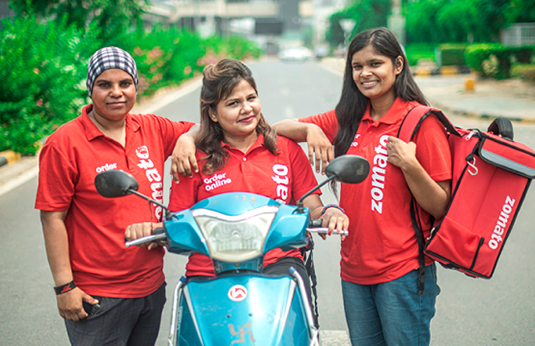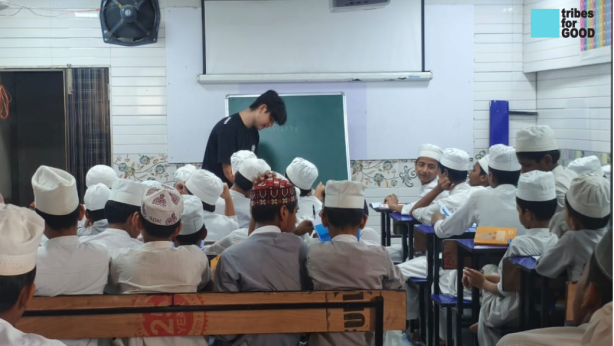THE GENDER GAP IN FINANCE is still huge!!

Data suggests that 80% of women in India depend on their husbands or fathers for money management. Additionally, more than 62% of Indian women do not have bank accounts of their own. Financial literacy is a heavily male-dominated area especially among low-income families. Women are often not encouraged or given the space to learn about financial matters. From bank accounts to investment planning, they are often left in the lurch leading to ignorance. However, this archaic thought is changing.
Financial awareness covers a range of financial knowledge including knowing how to manage one’s personal finances efficiently with the use of the various tools available like online payment, ATM, banking services, etc. With more and more women now earning their own incomes away from the shadows of men in their lives, it has become even more pertinent for them to acquire adequate financial education. The percentage of people in India who are financially literate is only 27%, ahead of only countries like South Africa, Morocco and Vietnam. To be financially literate is to be financially free, which is why financial literacy is of so much importance.
Research Methodology
As part of our project at TribesforGOOD, we students undertook primary research to determine the financial awareness of people around us. Since our target audience for the survey were low-income families, people we interviewed included our respective household help to gauge their understanding of financial management tools. We were able to interview around 12 people altogether on questions like ‘Do you have a bank account?’, ‘Have you ever taken out a loan? If yes, was it difficult?’ and so on. We conducted the interviews in our regional dialect as that made the people being interviewed a little more comfortable in answering our queries. Since our team hailed from different states, we were able to get a look into the demographic difference of financial awareness levels as well. We gathered the answers and analyzed the data to come to certain conclusions as elaborated below.
Data Analysis
Our data revealed that some people are excluded from accessing welfare schemes or other financial benefits either due to technological barriers or due to illiteracy, as they cannot read and write in English – which a majority of schemes and other information online require. Other reasons included a general lack of awareness about the existence of such schemes and tools.
While asking questions regarding opening of bank accounts and different types of accounts, some people stated they had a hard time opening a bank accountant because of their illiteracy while the other half was able to open accounts easily due to proper documentation. Some even stated that they all have bank accounts but usually have trouble depositing money, transferring money and properly using ATMs.
Most people we interviewed only used ATMs among the financial tools available. Other than using ATMs, it is very hard to find people who are willing to use the various other financial tools. They are either too expensive or complicated for them. Whether it is making budgets or taking loans, saving money or investing money, we saw that the interviewees were not comfortable engaging with and making use of such services and tools.
One of the main problems came about during the section of the interview which focused on loans. Many people who took out loans had trouble finding security. While some did not require it, others were willing to sell their personal properties like farmland to cover their needs instead of approaching banks for loans.
We were also able to recognise other patterns from the interviewees’ answers such as how migrant workers found it especially challenging to avail any form of financial schemes because of lack of proper documents or securities. This raises the question of how complicated and bureaucratic processes of financial institutions are, discouraging a lot of people from accessing the financial benefits that the government offers.
Geographical locations of the interviews also revealed a lot about the financial awareness of the people and the level of access they have to financial tools in their respective states. Those who were from Assam found it comparatively easier to access the financial tools while people from other parts of the country like South India revealed that though aware about their existence, financial tools are not easily accessible to the people.
Conclusion

Financial literacy is a basic and critical skill that everyone should possess. However in India, talking about finances at home is not a common practice. Many lack knowledge about the basics of managing money which is important for building wealth as well as for protecting oneself in case of any unforeseen emergencies.
Through the primary research we conducted, we were able to conclude that despite the high level of financial tools and government initiatives already in place to help those who need it, the number of people who actually end up availing these is very low.
The start of a financially-aware India should ideally start with schools and workshops. The availability of financial literacy classes in schools and conducting financial workshops could be the first steps India should take to ensure that its citizens are more financially literate. However, these steps should be taken into consideration with a view to eliminate the gender gap that exists in finance. Women should have adequate knowledge to be financially independent and manage their own money.
Authors: Tanvi Agarwal Welham Girls’ School, Vedanth Chari Hiranandani Upscale School and Nilay Bhandari Sanskriti School have worked on increasing financial literacy through TribesforGOOD’s Global Challenges & Social Justice Program.


